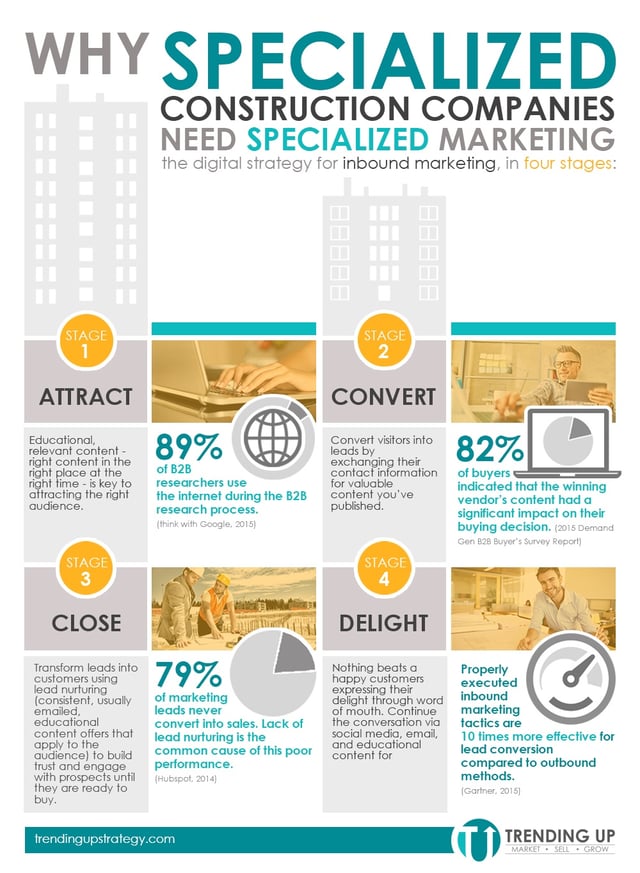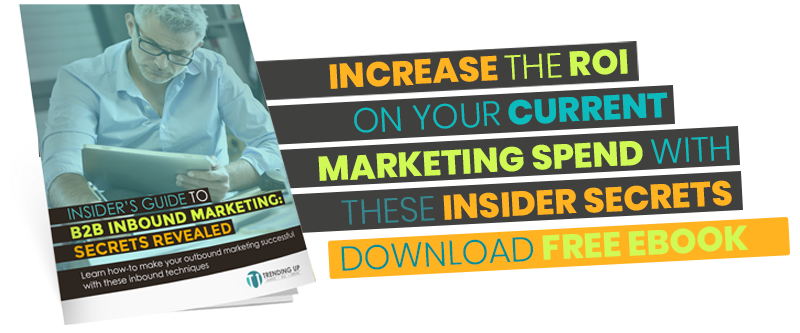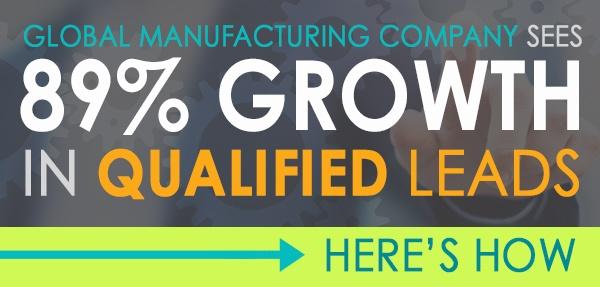It's not common to find marketing agencies specializing in construction, but luckily, you've come to the right place to learn more. In the past, I've talked about how industrial commercial construction company marketing is complex, so construction companies, especially those in specialized industries, need specialized marketing. Today's post focuses on lead nurturing, part of the conversion-to-closing process. Need a refresher? We've created this handy infographic about the inbound process and how it works for B2B construction companies.
 Lead nurturing is the next step in the process after you've attracted someone to your site and converted them into a first-time lead: they've filled out a form and given you permission to communicate more with them, but they're not quite ready to purchase. Lead nurturing is what happens between conversion to a lead and closing a sale.
Lead nurturing is the next step in the process after you've attracted someone to your site and converted them into a first-time lead: they've filled out a form and given you permission to communicate more with them, but they're not quite ready to purchase. Lead nurturing is what happens between conversion to a lead and closing a sale.
1. Determine who your ideal client is.
Your ideal client should align across all of your marketing and sales efforts; that's what smarketing is all about. In the beginning of the process, your efforts to attract visitors to your website align with personas that represent your ideal clients. These are the people that you hope to attract using your inbound marketing and sales strategy. In the case of a commercial construction company, a general contractor, an engineer, or an architect may be your ideal clients. When they convert from visitors to leads, these are the people that need nurturing.
2. Develop content for your audience.
Content includes website text, blog posts, social media presence, and most importantly (and by that I mean, worth the most to your visitors), downloadable pieces that are educational - well-researched white papers, ebooks, guides, spreadsheets, and more. All of this content should be aimed at addressing the problems your ideal clients are facing and educating them about potential solutions. The content should be relevant to them, and to their issues.
Download this piece for more about the buyer's journey, and why your site should have information in all three stages for your audience. Later in this blog series, our inbound strategist will be writing about how she creates a content plan - and how it benefits you. If you'd like to be alerted when it publishes, subscribe to our blog.
3. Establish lead scoring.
 Lead scoring is one of the trickiest parts of lead nurturing. You must assign a worth to specific pieces of your website - forms, pages visited, pieces downloaded - and determine at which point a lead is considered ready to purchase, and therefore, ready to talk to a sales person. This requires looking at current clients as well as current excellent leads to see where they visited on the site, what they downloaded, and what seems to resonate best with this group - in other words, utilizing the data you already have.
Lead scoring is one of the trickiest parts of lead nurturing. You must assign a worth to specific pieces of your website - forms, pages visited, pieces downloaded - and determine at which point a lead is considered ready to purchase, and therefore, ready to talk to a sales person. This requires looking at current clients as well as current excellent leads to see where they visited on the site, what they downloaded, and what seems to resonate best with this group - in other words, utilizing the data you already have.
I'll use the example of a B2B construction company specializing in painted aluminum. Their site has a blog, a number of pages about their product offerings, a contact us area, and a resource center with focused content for their ideal clients.
One of their ideal clients is a general contractor. When a contractor visits the site, they looked at 2 sub-pages and read a number of blog posts. Then, they download an awareness stage offer that's very generic - not targeted to the general contractor. However, on the business's thank-you page, a recommendation for a targeted awareness stage offer catches their eye - and they download a second piece. After that, they also subscribe to the blog.
You might think "YES! This general contractor is really ready to purchase! Quick, get our best sales person on the phone with them immediately!" However, I would argue that no - they're ready for nurturing, not sales. Here's my logic:
- The general contractor only downloaded awareness stage pieces. Let's say those are worth 5 points for the generic one, ten for the targeted one. (15 points)
- They read two sub-pages at two points each, and a few blog posts at one point each. (7 points)
- They subscribed to the blog. (Another 2 points)
The general contractor has only 24 points - and your data proves that an ideal MQL - marketing qualified lead, ready to talk to sales - needs 40 points. There is a need here to nurture the lead further, keeping the B2B construction company top-of-mind until then.
4. Write a nurturing email campaign for leads.
Here's where the magic happens. Write a series of educational emails with three goals in mind:
- Continue communication with this ideal lead until they are ready to purchase.
- Showcase your thought leadership and expertise by offering high-quality, high-value content for this lead to download.
- Convert them from a 24-point lead to a 40-point MQL.
 Lead nurturing grows leads into clients.
Lead nurturing grows leads into clients.
Most lead nurtures are between three and ten emails in length, with a new email being sent out at least once a week. Ideally, you'll have four to five emails - with content offers - in each stage of the buyer's journey, available to convert the lead from awareness to consideration to decision in the process.
Back to our example: the general contractor receives the first email about two days after downloading from your site. The subject line says "Hope you liked the piece! Here's another you may enjoy." Inside is a consideration stage offer (next in the buyer's journey) targeted to general contractors. In the past, the piece has had a high conversion rate on your site. Chances are, the lead will download it - and add another 15 points to their lead score! We're at 39 points. Following it up with a decision-stage piece, or even an educational blog post, will convert them to an MQL - and now they're ready to talk to sales.
The longer your nurture sequence (that "chain" of emails automated to send to them), the better chance you have to stay top of mind and give them a chance to convert.
5. Convert the lead to an MQL - and make sure sales is on board.
Once a prospect is ready to buy, they're considered a marketing qualified lead (MQL) and should be handed off to the sales team for follow-up. If the sales person determines that the MQL is ready to begin the buying process, they are moved to a sales qualified lead (SQL). SQL is the last stage before a sale is made and the prospect is a client.
Between converting a visitor to a lead and closing that lead as a client, consistent educational material is useful for keeping your business top of mind. Learn more about the inbound sales methodology and about enabling your sales team with trust-building content. When the general contractor is ready to make a purchasing decision, an architect is ready to make a specification, or an engineer is ready to make a final call, your expertise and thought leadership will make you the natural first choice.






